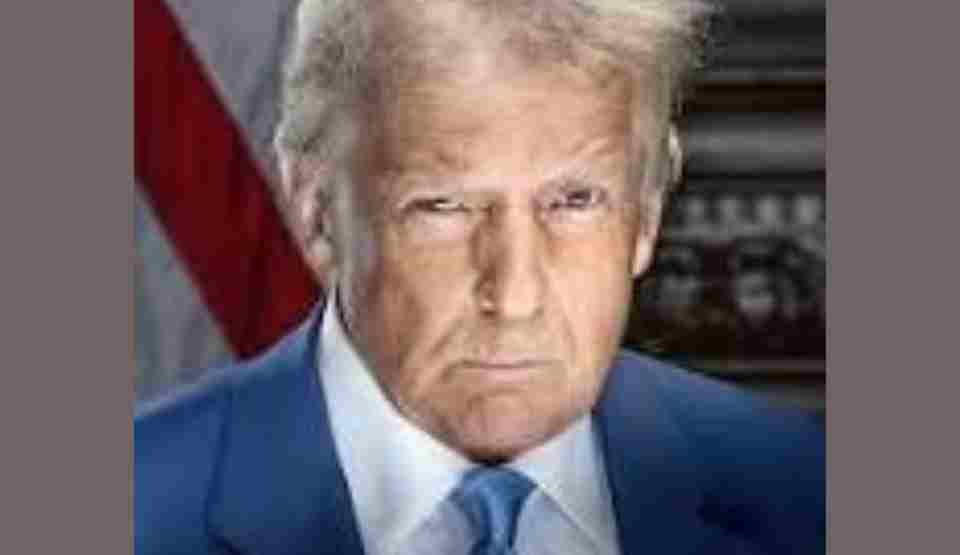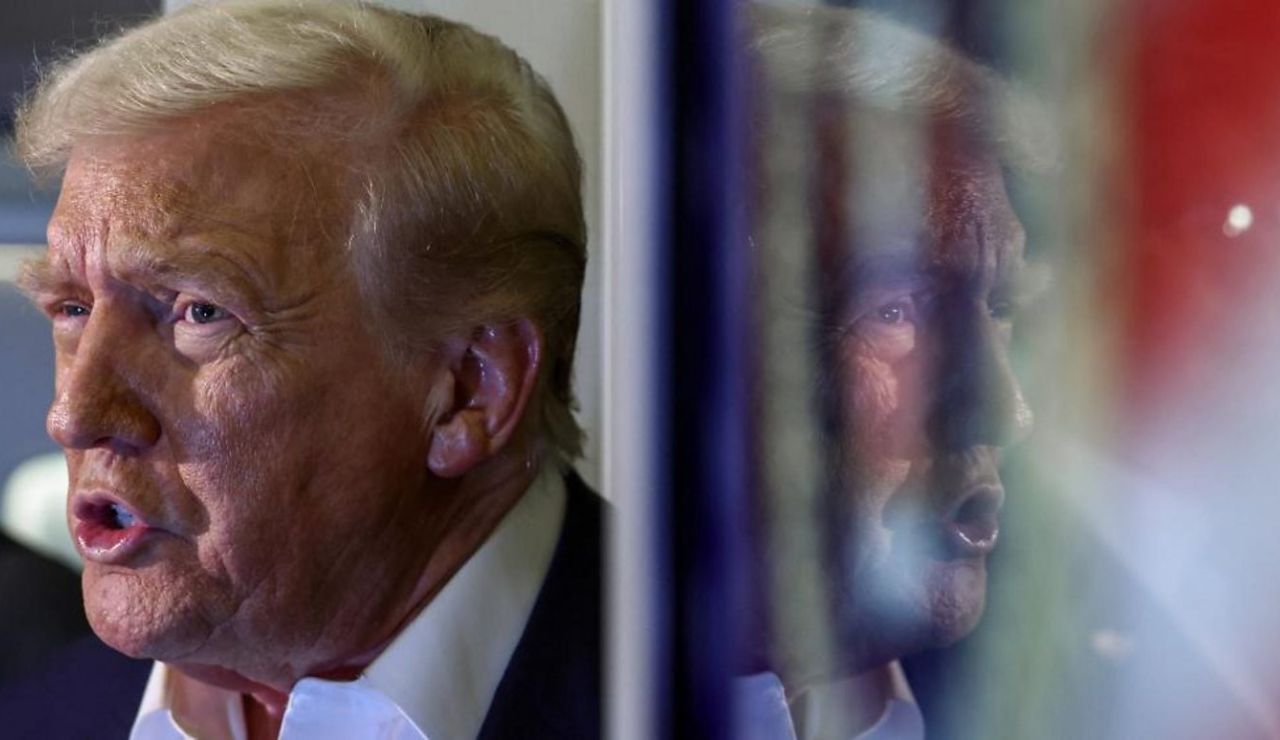President threatens military intervention as ceasefire agreement unravels amid Palestinian factional bloodshed
President Donald Trump issued a grave warning to Hamas on Thursday, threatening decisive military action after reports emerged of the militant group executing fellow Palestinians during what was supposed to be a ceasefire period with Israel.

The Presidential Threat
Taking to Truth Social, Trump’s message was unambiguous and menacing in its brevity: “If Hamas continues to kill people in Gaza, which was not the Deal, we will have no choice but to go in and kill them.” He concluded with a pointed directive: “Thank you for your attention to this matter!”
The statement represented a significant escalation in Trump’s public posture toward the situation unfolding in Gaza, marking a sharp departure from his initial, more dismissive response to reports of internal Palestinian violence.
Evolution of Trump’s Response
The President’s stance has undergone a notable transformation over recent days. Just two days earlier, on Tuesday—the day following his whirlwind diplomatic tour through Israel and Egypt—Trump had adopted a far more casual tone when discussing Hamas’s violent actions against rival Palestinian factions.
“That didn’t bother me much, to be honest with you,” Trump had remarked when asked about Hamas fighters eliminating what he characterized as “a couple of gangs that were very bad.”
However, the situation rapidly deteriorated. In the days that followed, disturbing footage began circulating on social media platforms, showing Hamas militants conducting what appeared to be public executions of Palestinians. The graphic nature of these videos and the apparent systematic nature of the killings seemed to shift the President’s calculus about the severity of the situation.
The Breakdown of the Peace Agreement
The violence represents a fundamental violation of the comprehensive peace framework that Trump had championed. According to the President’s ambitious 20-point peace plan, Hamas was required to undertake two critical actions: completely disarm and relinquish political control of Gaza.

In exchange for these concessions, the agreement offered Hamas members a significant incentive—those who wished to leave Gaza would be granted safe passage to relocate to another country, effectively providing an exit strategy for militants willing to abandon the conflict.
Thus far, Hamas has failed to honor these commitments. Instead of disarming and surrendering power, Hamas fighters have become embroiled in increasingly violent confrontations with rival Palestinian factions. These clashes have intensified as Israeli military forces have withdrawn from Gaza, creating a power vacuum that various armed groups are now violently competing to fill.
Earlier Warnings and Escalating Rhetoric
Trump had already signaled his willingness to use force during a Tuesday Oval Office meeting with Argentine President Javier Milei. Speaking to reporters with the Argentine leader present, Trump laid out the consequences if Hamas refused to comply with the ceasefire terms.
“They will disarm, and if they don’t do so, we will disarm them, and it’ll happen quickly and perhaps violently,” the President declared, his language leaving little room for ambiguity about his intentions.
Despite these forceful statements, Trump has not provided specific operational details about how such a military intervention would be executed. His Thursday Truth Social post similarly offered no tactical information about what form American action might take or what specific triggers would prompt U.S. military involvement.
Israeli Military Action on the Table
In an interview with CNN on Wednesday, Trump went further, indicating he would authorize Israeli Prime Minister Benjamin Netanyahu to resume large-scale military operations in Gaza if Hamas continued to violate the agreement.
This statement effectively gave Israel a green light to re-enter Gaza with military force, potentially reigniting the very conflict that Trump has claimed credit for ending. The authorization represents a significant policy position, essentially delegating the enforcement of the ceasefire terms to the Israeli military.
Limited American Military Presence
While Trump’s rhetoric has been aggressive, the actual U.S. military footprint in the region remains limited and carefully circumscribed. The United States has deployed approximately 200 troops to Israel, but their mission is specifically focused on supporting ceasefire monitoring and enforcement mechanisms.
Critically, these American forces are not being deployed into Gaza itself. They remain in Israel, providing logistical support, intelligence sharing, and coordination assistance, but are not engaged in direct operations within the Palestinian territory. This positioning allows the U.S. to maintain involvement while avoiding the complexities and dangers of operating in Gaza’s volatile environment.
Trump’s Claims of Success
Despite the current deterioration of conditions in Gaza, President Trump has been actively promoted—both by his administration and by supporters—as the architect of peace in the region. The White House has portrayed the ceasefire agreement as a major diplomatic achievement, with Trump personally taking credit for ending what had been a protracted and devastating conflict.
The Origins of the Conflict
The war that Trump claims to have ended began in the aftermath of one of the deadliest terrorist attacks in Israeli history. On October 7, 2023, Hamas and other Palestinian militant groups launched a coordinated assault on southern Israel that resulted in the deaths of at least 1,219 people, predominantly civilians.
The attack involved thousands of militants breaching the border fence from Gaza, infiltrating Israeli communities, and conducting systematic killings, kidnappings, and acts of violence. The assault shocked Israel and the international community with its scale and brutality, prompting Israel to launch a massive military response aimed at destroying Hamas’s military capabilities and governing infrastructure in Gaza.
The subsequent Israeli military campaign in Gaza resulted in widespread destruction and a humanitarian crisis, with tens of thousands of Palestinian casualties and massive displacement of civilians. The conflict continued for months before the ceasefire agreement that Trump negotiated took effect.
An Uncertain Future
As Gaza now appears to be descending into internal factional warfare, the durability of Trump’s peace agreement remains in serious question. The President’s latest threats suggest that the ceasefire he celebrated may be unraveling, potentially leading to renewed large-scale violence—whether from American forces, Israeli military action, or continued Palestinian internal conflict. The coming days will test whether Trump’s warnings carry sufficient weight to compel Hamas to honor the agreement’s terms, or whether Gaza will spiral further into chaos, potentially drawing international military intervention and reigniting a conflict that has already exacted an enormous human toll on both sides.RetryClaude can make mistakes. Please double-check responses.






